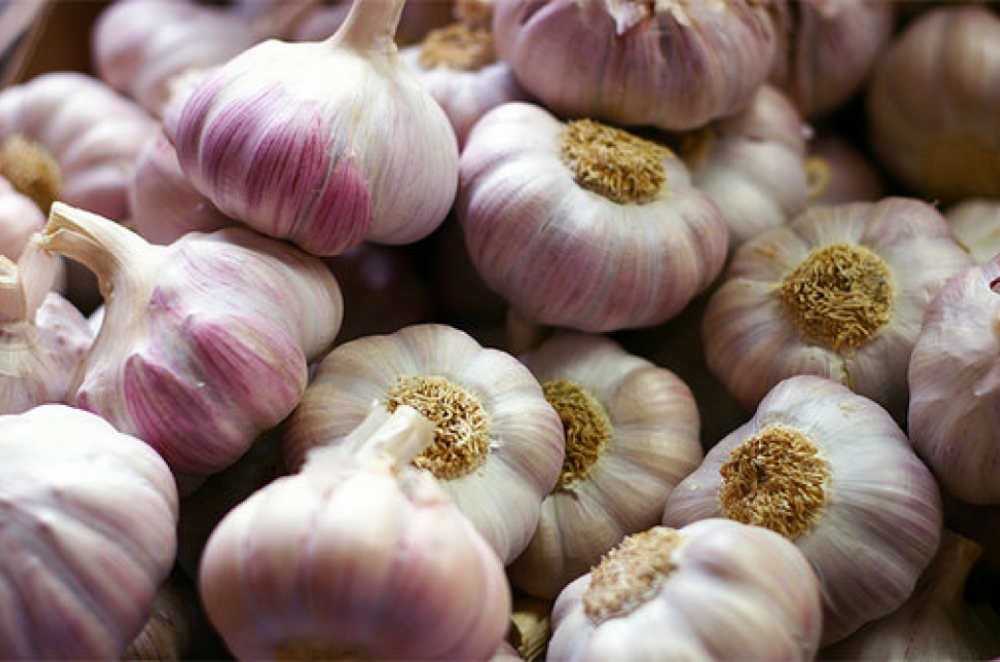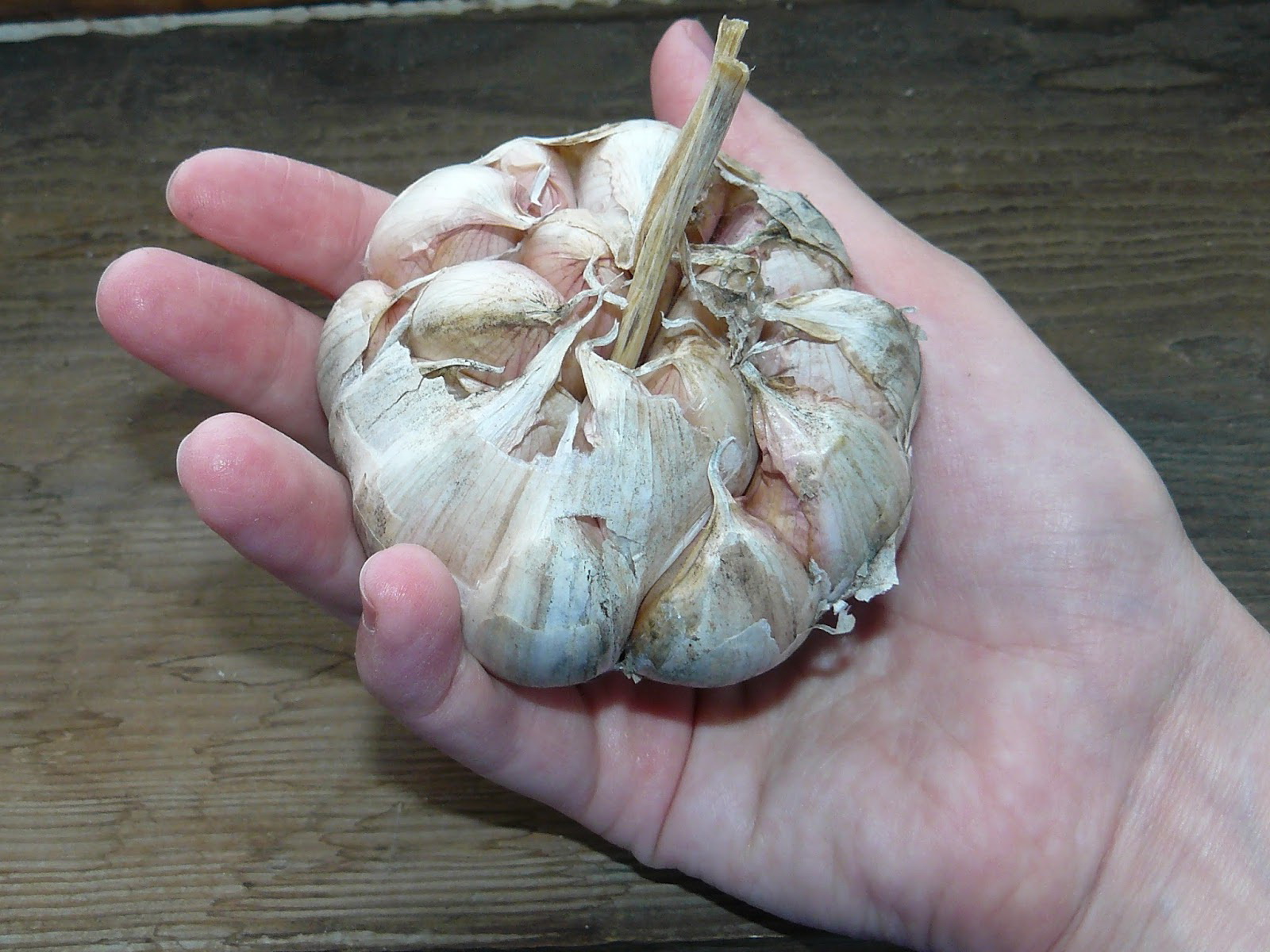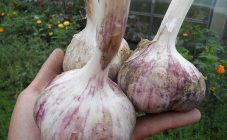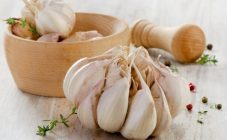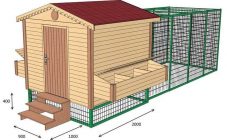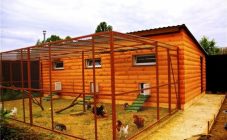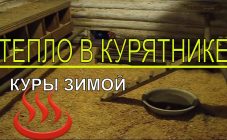Content:
The ability to distinguish summer garlic from winter garlic significantly affects the yield. It is not uncommon for novice gardeners to plant summer garlic in winter and wonder why nothing has grown. It is impossible to distinguish between summer and winter garlic "by eye", so you need to know their main differences.
Distinctive features of winter and summer garlic
Winter and summer garlic are also called winter and spring garlic. They differ from each other not only in planting time, but also in husk density, hemp thickness, etc.
The main distinguishing feature of winter garlic from spring garlic is the number of cloves in the bulb. If the winter garlic has 6-10 large, evenly spaced teeth, then the summer garlic has more than 15 pieces. Spring garlic teeth are smaller, have different sizes and are randomly scattered over the bulb.
The husk also differs in both varieties. Winter garlic has a dense husk. Summer garlic does not need to protect itself from frost, so its shell is thin.
The stump of spring garlic is soft, the thickness is small. Winter garlic, on the other hand, has a firm and dense hemp.
The weight of the fruits of the two crops also differs. The weight of winter garlic reaches 300 grams. Summer garlic weighs no more than 100 grams.
Planting summer and winter garlic
Depending on the weather conditions in which the garlic grows, the soil will differ. Sandy loam soil is suitable for winter garlic, which is highly frost-resistant. The spring variety will feel good in loamy soil.
The planting time of the two types of garlic also differs. Summer garlic is usually planted in the spring. It also has a longer shelf life than winter crops. Winter garlic is preferable to plant in the fall as it is more likely to survive the cold and produce a harvest.
Storage of spring and winter garlic
When it comes to storage, these two types of garlic also differ.
Winter garlic is harvested at the moment when its leaves begin to dry. Before harvesting winter crops, the soil should not be watered for 3 weeks. Harvesting takes place in July-August. Only strong bulbs are suitable for further use, without damage. After harvesting, drying the bulbs takes about 28 days. Winter garlic can be stored both in the pantry and in the refrigerator. However, it is worth remembering that the shelf life of winter garlic is much shorter than that of summer garlic.
Spring garlic is usually harvested in September. You can check the readiness of the garlic for harvest by removing one onion from the ground and cutting it. After harvesting, it is necessary to lay out the garlic under a canopy or in the attic to dry. After drying, the whole, undamaged bulbs must be hung on the wall in a bag or net.
Which garlic is best?
It is impossible to give an accurate assessment regarding this issue. The culture will change depending on the needs of the grower. Each type has its own advantages. For example, summer garlic has a much longer shelf life and has more cloves. Winter garlic can be planted at any time of the year and its weight will be much larger than summer.
